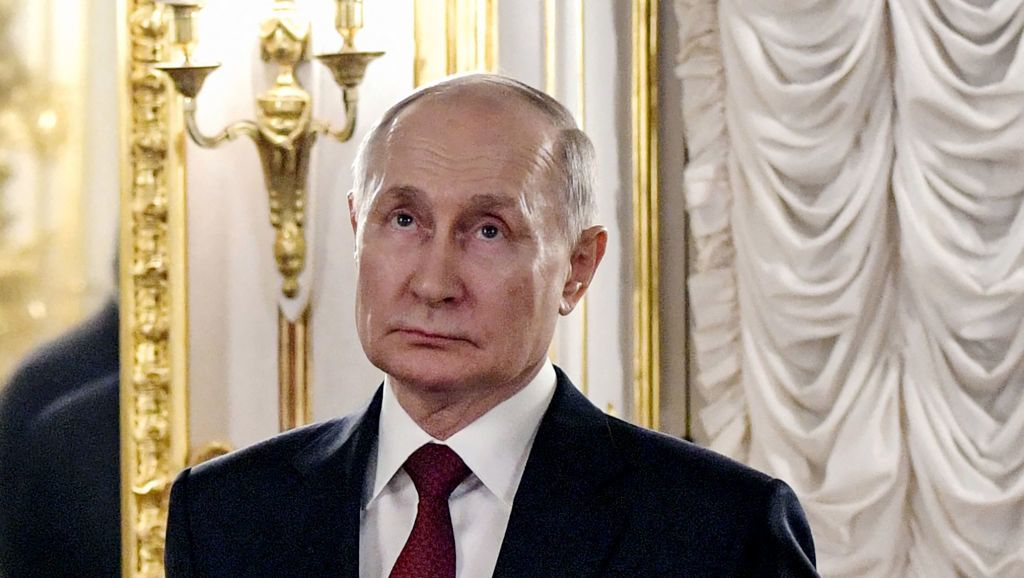Dow Jones energy giant Chevron (CVX) was a strong candidate for investors looking to grab a piece of the 2022 energy bonanza, with CVX rising more than 50% even as the broader stock market declined. However, with Chevron stock dropping 17% in 2023, as sagging oil and natural gas prices have whittled away at energy company profits and revenue, is CVX a buy or a sell?
X
Chevron and Exxon Mobil (XOM) have both outlined capital spending plans for 2024 and projections through 2027. The two supermajors enter 2024 after making mega deals in the latter part of 2023, which they got done without taking on any new debt.
Exxon Mobil significantly expanded its Permian Basin holdings when it paid $60 billion for Pioneer Natural Resources (PXD) (PXD) in October. Chevron quickly followed up with its $53 billion purchase of Hess (HES), bolstering its share of an Exxon-led project offshore from Guyana.
What Do The Exxon Mobil And Chevron Deals Say About The Oil Industry’s Future?
Meanwhile, Warren Buffett and Berkshire Hathaway (BRKB) reduced its CVX holdings in 2023. Berkshire Hathaway currently has a nearly 5.9% stake (more than 110 million shares) in Chevron. Warren Buffett began buying the Dow Jones stock in 2020. Prior to Buffett’s decision to sell CVX, beginning in Q1 2023, Berkshire Hathaway amassed a stake totaling 167 million CVX shares, worth around $29 billion.
Last year, as the U.S. economy bounced from Covid pandemic retreat to inflation-driven growth, Russia invaded Ukraine in February. The combination sent oil, gasoline and natural gas prices soaring. This resulted in Chevron, Exxon Mobil and other energy stocks leading the market, with the companies racking up record profits.
However, investors in Chevron have had a tougher year in 2023 as oil markets turned lower after the Russia/Ukraine price spikes of 2022.
Chevron Stock: 2024 Outlook
Chevron plans to raise its capital spending in 2024. It targets global expenditures in a range of $18.5 billion to $19.5 billion, up 11% from $17 billion in 2023, according to its Dec. 6 corporate plan. This increase in capital spending comes as CVX shelled out $53 billion for Hess and purchased PDC Energy for $6.3 billion in 2023.
After the Hess acquisition, Chevron also predicts capital spending will run at between $19 billion and $22 billion a year through 2027. That’s up from its pre-Hess forecast of $14 billion -$16 billion. Wall Street forecasts CVX’s 2024 earnings totaling $14.46 per share, down 23% compared to 2022, with sales dropping 15% to $201 billion.
What Does 2024 Hold For The Energy Industry and The Permian Basin?
Chevron expects 2024 upstream spending to be about $14 billion, with two-thirds of that allocated to the U.S., including around $5 billion for Chevron’s Permian Basin development.
CVX expects downstream capital expenditures to be roughly $1.5 billion, with 80% bookmarked for the U.S. Meanwhile, Chevron added it has about $2 billion in spending for “lower carbon” projects, in line with 2023 levels.
“We’re maintaining capital discipline in both traditional and new energies,” Chevron Chief Executive Mike Wirth said in the Dec. 6 announcement.
Analysts also see Chevron’s production around 3.55 million barrels of oil equivalent per day in 2024, up 14% compared to the 2023 expectation.
Chevron, at its annual investor day in February ahead of its acquisition moves, outlined plans to have total oil and gas production increase around 3% above current levels by 2027.
Chevron Revenue Slips
The Dow Jones stock reported third-quarter earnings falling 45% to $3.05 per share with revenue declining 19% to $54.08 billion. The company said the EPS decrease was due to lower upstream realizations and lower margins on refined product sales. Meanwhile, Chevron added its revenue drop came on the back of lower oil and gas prices.
Chevron’s worldwide net oil-equivalent production was up 4% compared to 2022 mostly because of its PDC Energy deal. Oil production in the U.S. totaled 1.41 million barrels of oil equivalent per day, up 20% vs. 2022, due to the addition of PDC’s 179,000 oil-equivalent barrels per day and production increases in the Permian Basin.
Meanwhile, Chevron’s refinery product sales also jumped 4% on higher demand for jet fuel in the quarter.
In the second quarter, Chevron earnings dropped nearly 50% to $3.08 per share with revenue of $48.89 billion, down 29% vs. Q2 2022. In Q1, Chevron topped Wall Street estimates, even as revenue slipped compared to a year ago. Earnings gained 6% to $3.55 per share in the first quarter. Sales dropped 6% to $50.79 billion. Higher margins on refined product sales drove the earning beat, the company said, partially offset by lower oil prices and rising production costs.
CVX: Oil Price Uncertainty
U.S. oil prices recently surged amid geopolitical uncertainty in the Red Sea. However, prices quickly retreated.
U.S. oil futures have been hovering near their lowest point of the year, down about 25% from a September high and just below where they started the year. On Dec. 29, West Texas Intermediate oil futures traded up slightly, and just above $72 a barrel.
Goldman Sachs forecasts Brent crude prices between $70-$90 per barrel in 2024, cutting its expectation by $10 per barrel. The price of Brent crude, widely used as the global benchmark and which originates in Europe’s North Sea fields, typically runs several dollars higher per barrel than WTI.
“While we have adjusted the range, we still look for rangebound prices and only moderate price volatility in 2024,” the firm wrote. “Elevated spare capacity to handle tightening shocks should limit upside price moves.”
What’s Instore For Exxon Mobil And Chevron In 2024?
Meanwhile, Third Bridge analyst Peter McNally has said he expects an uncertain year, with Brent crude trading in the range of $70-$95 per barrel in 2024.
That status of China’s economy, and its considerable demand for oil, also remains a large question mark for analysts heading into 2024.
CFRA’s Stewart Glickman sees current oil prices lower than they should be considering the current political picture, including China’s economic outlook and the Organization of Petroleum Exporting Countries (OPEC) latest production quota action. Those factors should lift oil prices to a 2024 average somewhere closer to $90 per barrel, Glickman says.
“I am still reasonably bullish on crude,” Glickman said. “Not necessarily a great year, but a good year.”
Is Chevron Stock A Buy Right Now?
Chevron stock dropped below its 200-day and 50-day averages in October when shares sank nearly 23%. The Dow Jones stock edged lower in November, dropping another 2%. In December, Chevron stock has gained more than 4% but CVX’s relative strength line, which gauges its strength against the overall S&P 500, has been on a downtrend and is currently at a weak 18.
The market indicator shows a “confirmed uptrend,” putting investors in position to buy leadership grade stocks passing valid buy points. Chevron stock has advanced back above its 50-day line, but is below its 200-day moving average and is not in a valid base, showing no clear buy points. CVX is not a buy right now.
Please follow Kit Norton on X, formerly known as Twitter, @KitNorton for more coverage.
YOU MAY ALSO LIKE:
Get An Edge In The Stock Market With IBD Digital
Labor Unions Keep The Heat On Starbucks And Amazon
Learning How To Pick Great Stocks? Read Investor’s Corner
Stock Market Pads Gains Ahead Of Inflation Data, Fed Meeting
Signup bonus from





